The Future of WSG&T:
Taking Olde, Making Them News...worthy
T
he synergy of Olde and WSG&T has
stood as a powerful partnership for
decades, having earned success for
both investors and consumers alike. Up to
now, the alliance has cultivated a clear vision
for market futures, objectives and priorities;
enhanced research & development efforts
between like-minded corporations; introduced
a number of new problem-solving processes
to the marketplace; and, overall, greatly
accelerated the evolution of the industry.
However, as economically vital as the Olde
component has been to WSG&T’s overall
success, the management team’s focus has
drifted, allowing Olde to fall to wayside...
a gradual coast from the industry’s fast lane to its shoulder has left Olde with the
perception of being, well — old. Having recognized their misstep, the dynamic duo
of Susan Wilke and Martin Straub are confronting the resurrection of Olde head-on,
launching a multi-faceted campaign aimed at restoring the credibility, respect and
leadership position once held by their valued partner to, once again, make them
newsworthy within commercial circles.
WSG&T operates over 875 facilities worldwide, employing well beyond 150,000
people in well-paying jobs. Of this vast workforce, Wilke and Straub readily admit that
their loyal team at Olde is among the most productive, efficient and technologically
savvy. For example, it was the R&D group at Olde that spawned the revolutionary
counter-sequence approach to component generation — a leap forward that will
have competitors scrambling to keep up for years to come. Previously valued solely
for its manufacturing capabilities, Olde has come to form the backbone of WSG&T’s
forward-thinking business development efforts, securing better than 140 patents in
the last 36 months. Overall, the thinkers at Olde account for 63% of the total number
of patents stemming from WSG&T corporate, including such innovations as:
• Thermo-ceramic recycling of spent fuel components, which represents a 21%
savings in production cost over the previous practice of manufacturing from scrap.
• Solar energy as a means of coil heating — a practice which has now been
mandated throughout the industry by the Office of Industrial Efficiency (OIE).
• Restoring the capacity of global shells to extend their lifespan to match that
of their surrounding hardware infrastructure.
These steps toward the future represent improvements that couldn’t have been
conceived 10 years ago. Beginning next May, WSG&T will sponsor a series of events
aimed at increasing industry awareness of the happenings at Olde. From podcasts
of onsite VIP tours of the Olde headquarters to new awards conceived by WSG&T
to honor innovations in the field, the campaign promises to make an impact.
j
S.F.
7
Reasons
to invest in
this market
NOW
Reluctant to invest? Get off the sidelines!
As investment analyst Paul Nels explains,
there are at least 7 reasons why:
1. Positive economic growth.
The signs that middle-class
economics are on the rise abound.
With a growing sector of 11% —
representing $17 billion this year —
we will continue to experience positive
growth throughout the third and fourth
quarters and well into the coming year.
2. Affordable bonds.
The domestic bond market remains
relatively more affordable than at
many other recent times. And rates
are expected to continue dropping
as the Central Bank lowers interest
rates following the trend.
3. Lower hardware prices .
As processor prices have dropped
significantly to below the benchmark
set earlier this decase, prices
of consumer goods, power and
construction materials are expected
to follow suit.
4. Strong purchasing power.
The exchange of G447 — an 18%
climb from last year — will fuel the
market’s exports and give more
purchasing power to the end user.
5. Enhanced real estate.
After embracing the lessons learned
during the spring, manufacturers have
instituted safe, reliable safety nets.
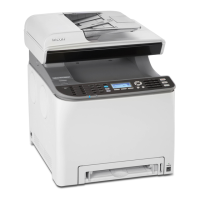
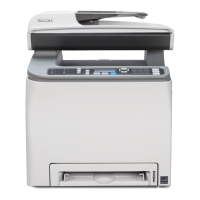
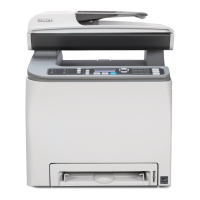
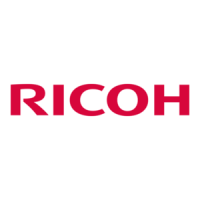
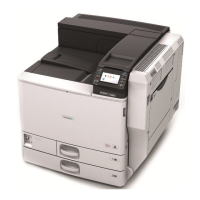
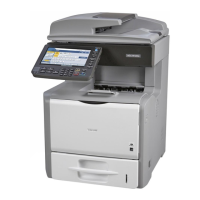
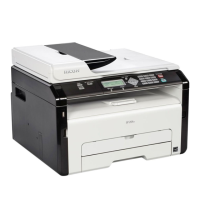

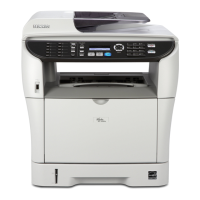

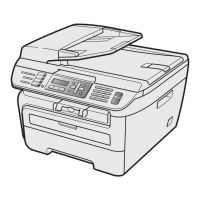
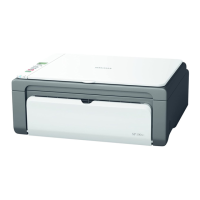
